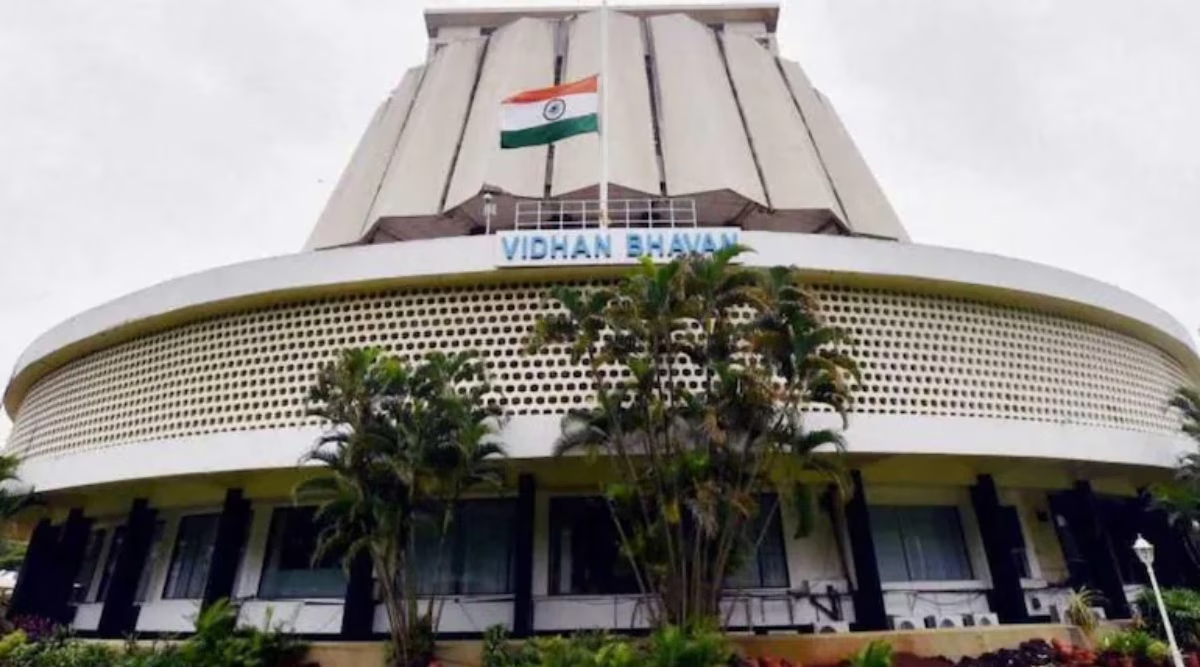Marathi Language Policy Now Enforced in Maharashtra Offices
In a decisive move aimed at promoting the Marathi language, the Maharashtra government has ratified a policy that makes speaking Marathi mandatory in all government offices. Announced in March of the previous year, the policy has now been enforced with an official order passed on Monday, which also allows citizens to file complaints against government employees who fail to comply. The policy asserts that Marathi will be the only official language of communication in government offices, extending its reach to semi-government organisations, government corporations, and local bodies within the state. Employees are now required to conduct all their official business in Marathi, with the government holding the power to take disciplinary action against non-compliant staff.
The policy also outlines that applications, signboards, and advertisements released by state government departments will exclusively feature the Marathi language, reinforcing its importance as a cultural and regional symbol. This measure follows the central government’s three-language policy, which mandates the use of Hindi, English, and the regional language in government offices across India. This move highlights a broader, nationwide push to make regional languages more prominent in official communication, while also strengthening the identity of local communities within the state. However, with the enforcement of the policy, certain concerns and debates have emerged regarding its implications for those who do not speak the language fluently.
From a civic perspective, this initiative can be seen as a significant step towards preserving and promoting Marathi as a cultural asset. In a city like Mumbai, which is a melting pot of diverse cultures, languages, and communities, the imposition of a regional language requirement has sparked mixed reactions. While some view this policy as a necessary effort to preserve Marathi culture and foster local identity, others argue that it could alienate non-Marathi speakers, particularly those who have lived in Mumbai for years and do not yet speak the language fluently. The policy could potentially create a divide among the population, with some citizens feeling excluded from government communication processes, particularly in urban areas where Marathi speakers are a minority.
From a sustainability standpoint, the Marathi language policy aligns with the state’s broader vision of inclusivity and fostering a sense of community. By emphasising the use of the regional language, the government is reinforcing the cultural fabric of Maharashtra and aiming to make Marathi the language of empowerment for its citizens. However, the sustainability of such a policy in the long term remains uncertain. While it might promote linguistic unity in the short term, the policy’s success will depend on its implementation and the extent to which it is accepted by a diverse, multi-lingual population. Additionally, for the policy to be successful, the government must ensure that language proficiency does not become a barrier to government services or employment, as that could undermine its effectiveness.
In terms of urban development, this policy highlights a larger trend of local governments asserting control over cultural and linguistic identity in increasingly diverse cities. Mumbai, with its vast migrant population, stands as a prime example of the tensions that arise when regionalism clashes with urban diversity. As the city continues to grow, balancing local language policies with the needs of a diverse population will be critical for maintaining social harmony. Ultimately, while the Marathi language mandate may serve to promote regional pride, its long-term sustainability will hinge on the state’s ability to adapt it in a way that includes all citizens, regardless of linguistic background.




